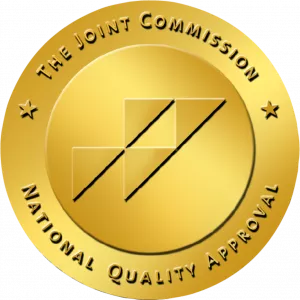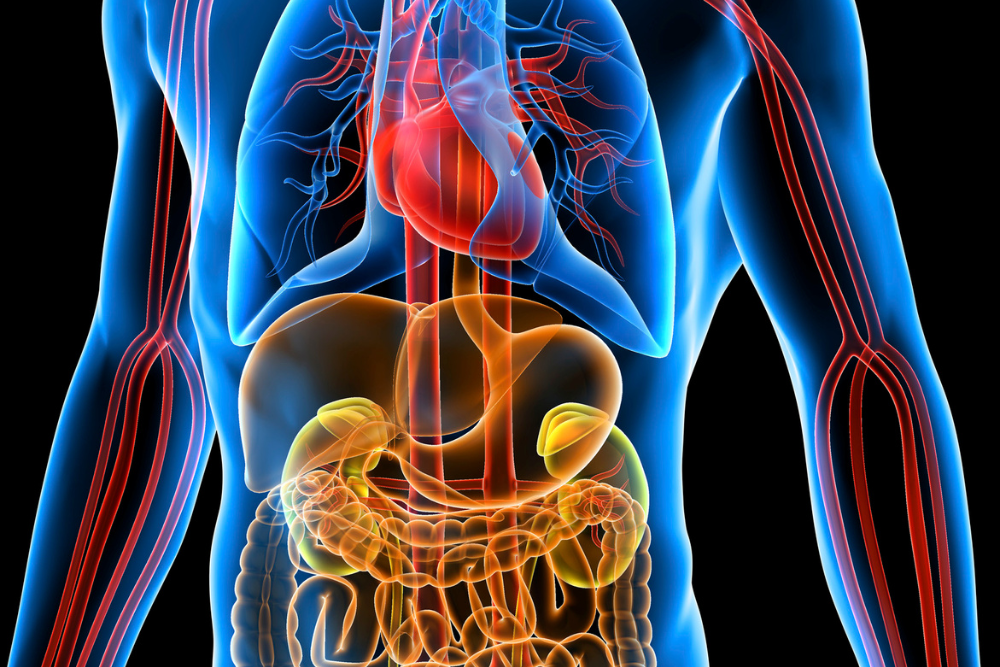Vyvanse stays in your system for about 2 to 3 days, but its active effects typically last 10 to 14 hours.
Key Takeaways
- The effects of Vyvanse, a prescription stimulant, last 10–14 hours, but it can be detected in drug tests for up to 5 days, depending on the test type.
- It converts to amphetamine, which is what shows up on drug screenings like urine, blood, saliva, and hair tests.
- Detection time varies based on dose, metabolism, and other substances taken.
- Vyvanse has a short half-life (under 1 hour), but its active form stays in the body much longer.
- Healthy habits like hydration, exercise, and a balanced diet may support faster elimination, but there’s no quick fix to flush it out.
Vyvanse in Your System
Vyvanse (lisdexamfetamine dimesylate) is a prescription drug and central nervous system stimulant primarily used to treat ADHD (attention deficit hyperactivity disorder) and binge eating disorder (BED). It works by boosting levels of dopamine and norepinephrine to improve focus, increase energy, and suppress appetite.
Because of its stimulant properties, Vyvanse is classified as a Schedule II controlled substance, which means it has a high potential for abuse and addiction if misused or taken without a prescription, due to its reward response.
Understanding how long Vyvanse stays in your body is crucial for several reasons. Whether you're concerned about drug testing, potential interactions, or planning to change your dosage, timing matters. The experts at Avenues Recovery addiction treatment center explain all you need to know about how long Vyvanse stays in your system.
How Long Does Vyvanse Last?
Vyvanse reaches peak levels in the bloodstream around 3.5 hours after ingestion and typically lasts 10 to 12 hours in terms of noticeable effects. This peak concentration time is important for how well it manages symptoms like inattention or impulsivity.
Even after the effects wear off, the active Vyvanse metabolites (amphetamine salts) remain in your system longer, which is why Vyvanse is detectable in drug tests for several days after the last dose.

What Is the Half-Life of Vyvanse?
The half-life of Vyvanse (lisdexamfetamine) itself is less than one hour. This means that it takes less than an hour for the system to reduce the drug's concentration by half.
It typically takes about five half-lives for any drug to be fully cleared from a person's system. This means that it would take up to five hours for Vyvanse to be eliminated.
However, Vyvanse is a prodrug, meaning lisdexamfetamine is not the active ingredient. It must first be converted by the body into its active form - dextroamphetamine.
Vyvanse Half-Life Chart

Because of the longer half-life of dextroamphetamine, the active metabolite can remain in the body and be eliminated over 2 to 3 days, resulting in the extended effects and detection window.
Does Vyvanse Show Up on a Drug Test?
Yes. Vyvanse converts to amphetamine, which shows up on most standard drug screenings. It is important to inform the clinician administering the drug test if you are taking prescriptive Vyvanse.
Drug screens can include several types of tests, each with different detection windows.
How Long Does Vyvanse Stay in Your Urine?
Vyvanse can be detected in urine for up to five days following the last dose.
How Long Does Vyvanse Stay in Saliva?
Saliva drug tests can detect Vyvanse for up to two days after the last use.
How Long Does Vyvanse Stay in Blood?
Vyvanse can be detected in blood tests, though the exact detection window is shorter than urine and saliva tests (usually up to 8 hours).
How Long Does Vyvanse Stay in Hair?
Hair follicle tests can detect Vyvanse use for up to 90 days using a 1.5-inch hair sample.
Factors That Influence How Long Vyvanse Stays in Your System
Vyvanse detection times vary based on several factors that influence drug metabolism. These factors can extend detection to up to three days or more in some tests, and include:
- Age
- Liver function
- Kidney function
- Hydration levels
- Body weight
- Use of other medications, including sleep medications, or additional drugs

False Positives
Some individuals may experience a false positive drug test, especially if taking other medications or supplements (like diabetes medication or the herbal supplement ginkgo). Always inform the clinician administering the drug test about your prescriptions.
Detox and Treatment for Vyvanse Addiction
For those experiencing Vyvanse addiction or abuse, medical addiction treatment is recommended. Options may include:
- Medically supervised Vyvanse detox
- Slow tapering rather than quitting cold turkey
- Behavioral therapies such as Cognitive Behavioral Therapy (CBT)
- Rehab in an inpatient or outpatient setting
Professional care helps to address addiction, manage mental health, and avoid relapse. Always consult a clinical pharmacy specialist or addiction counselor when planning a safe taper or withdrawal from Vyvanse.
How to Get Vyvanse Out of Your System Faster
While you can’t drastically change the body’s natural drug metabolism, you can support Vyvanse elimination and help your system clear the medication more efficiently with healthy habits:
- Stay well-hydrated: Drinking plenty of water can help your kidneys flush out Vyvanse metabolites through urine.
- Exercise regularly: Physical activity boosts circulation and may support faster Vyvanse clearance.

- Eat a healthy diet: Consuming balanced meals with fruits, vegetables, and lean proteins can aid liver and kidney function, both important for processing Vyvanse.
- Get enough sleep: Quality rest supports your body’s detoxification processes and overall metabolism.
- Avoid other stimulant medications or substances: Combining Vyvanse with other medications, drugs, or supplements can strain your body and slow clearance.
There is no safe or guaranteed way to instantly flush Vyvanse from your system. Extreme detox methods or unproven products can be dangerous. Always talk to your doctor before stopping Vyvanse or changing your dosage.
From Clearing Vyvanse to Lasting Recovery
Vyvanse has many benefits for treating ADHD and binge eating disorder, but due to its stimulant effects, it can be misused. If you or a loved one are struggling with drug abuse or dependency, and would like help in getting Vyvanse out of your system, it may be time to seek professional help.
Reach out to Avenues Recovery, leaders in drug detox and rehabilitation, to restore your balance and take the first step on the road to lasting recovery.
Frequently Asked Questions About How Long Vyvanse Stays in Your System
What does Vyvanse show up as on a drug screen?
Vyvanse shows up on most standard drug screens as amphetamine. Vyvanse itself does not appear on drug tests because it’s a prodrug, but once metabolized, it turns into dextroamphetamine.
Does Vyvanse build up in your system?
No, Vyvanse does not significantly build up in your system when taken as prescribed. It’s designed for once-daily dosing, and the active metabolite (dextroamphetamine) is eliminated with a half-life of 10–13 hours. However, chronic misuse (taking higher or more frequent doses) can lead to accumulation and increased risk of side effects or dependence.



